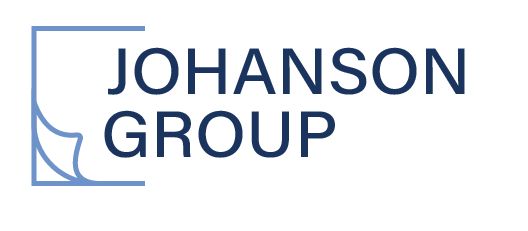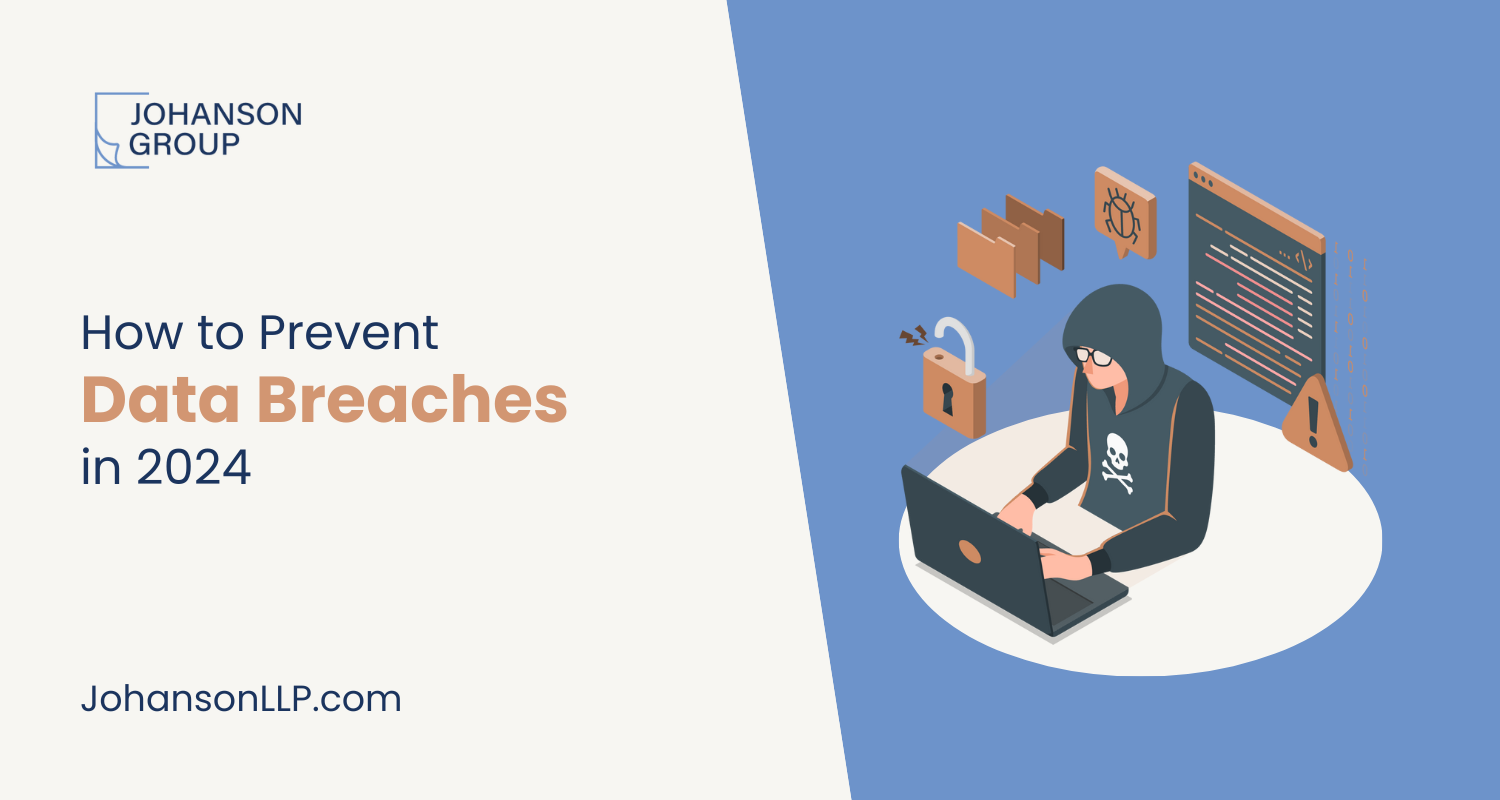How to Prevent Data Breaches in 2024
In an age where data is hailed as the new currency, protecting it has become paramount for businesses of all sizes. The ramifications of a data breach can be catastrophic, resulting in financial loss, damage to reputation, and legal repercussions. Therefore, implementing robust data breach prevention strategies is not just advisable—it's essential for the survival and success of your business.
Understanding the Stakes: The Importance of Data Privacy
Data privacy is the cornerstone of trust in today's digital landscape. Customers, partners, and stakeholders expect their sensitive information to be handled with care and integrity. Failure to prioritize data privacy not only exposes individuals to risks but also undermines the credibility and reliability of your organization.
Proactive Measures for Data Breach Prevention
1. Conduct Regular Risk Assessments
Understanding your vulnerabilities is the first step towards fortifying your defenses. Conduct comprehensive risk assessments to identify potential weak points in your systems, processes, and infrastructure. This proactive approach allows you to address vulnerabilities before they can be exploited by malicious actors.
2. Implement Strong Access Controls
Limiting access to sensitive data is crucial in preventing unauthorized breaches. Implement robust access controls, including multi-factor authentication and role-based access permissions, to ensure that only authorized personnel can access sensitive information. Regularly review and update access privileges to minimize the risk of insider threats.
3. Encrypt Data in Transit and at Rest
Encryption serves as an additional layer of protection for your data, rendering it unreadable to unauthorized parties. Encrypt data both in transit and at rest to mitigate the risk of interception and unauthorized access. Utilize encryption protocols such as SSL/TLS for data in transit and AES encryption for data at rest.
4. Educate and Train Employees
Human error remains one of the leading causes of data breaches. Educate your employees about the importance of data privacy and security best practices. Provide comprehensive training on recognizing phishing attempts, handling sensitive information, and adhering to company security policies. A well-informed workforce is your first line of defense against cyber threats.
5. Regularly Update Software and Patch Vulnerabilities
Outdated software and unpatched vulnerabilities present easy targets for cyber attackers. Establish a proactive patch management strategy to ensure that all software and systems are regularly updated with the latest security patches and fixes. Automated patch management tools can streamline this process and minimize the window of opportunity for exploitation.
Leveraging Compliance Frameworks for Enhanced Protection
Compliance frameworks such as SOC 1, SOC 2, SOC 3, ISO 27001, and HIPAA provide standardized guidelines for implementing robust security controls and safeguarding sensitive data. By aligning with these frameworks, businesses can demonstrate their commitment to data privacy and compliance, thereby enhancing trust and credibility among stakeholders.
SOC 1, SOC 2, and SOC 3
Developed by the American Institute of Certified Public Accountants (AICPA), SOC (Service Organization Control) reports provide assurance regarding the controls implemented by service organizations to protect customer data. SOC 1 focuses on internal controls over financial reporting, while SOC 2 and SOC 3 are specifically tailored to address security, availability, processing integrity, confidentiality, and privacy concerns.
READ MORE: SOC 1 vs SOC 2 vs SOC 3: Understanding the Differences
ISO 27001
ISO 27001 is an internationally recognized standard for information security management systems (ISMS). It provides a systematic approach to managing sensitive company information, ensuring its confidentiality, integrity, and availability. By achieving ISO 27001 certification, organizations demonstrate their commitment to implementing robust security controls and mitigating risks effectively.
HIPAA
The Health Insurance Portability and Accountability Act (HIPAA) sets forth regulations governing the security and privacy of protected health information (PHI). Compliance with HIPAA is mandatory for healthcare providers, health plans, and healthcare clearinghouses. Implementing HIPAA-compliant security measures is essential for safeguarding sensitive patient data and avoiding costly penalties for non-compliance.
Conclusion
Data breach prevention is not a one-time effort but an ongoing commitment to vigilance, preparedness, and compliance. By adopting proactive measures and leveraging compliance frameworks, businesses can strengthen their defenses against evolving cyber threats and uphold the trust and confidence of their stakeholders. Remember, safeguarding data privacy isn't just a legal requirement—it's a fundamental responsibility that defines the integrity and credibility of your organization in the digital age.




